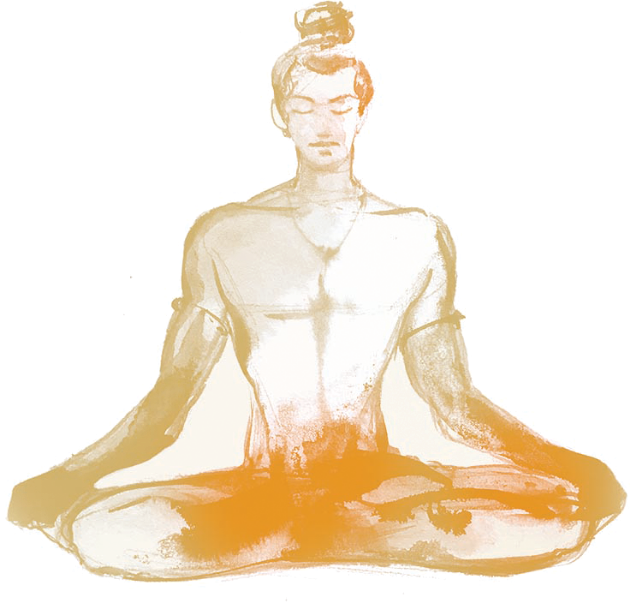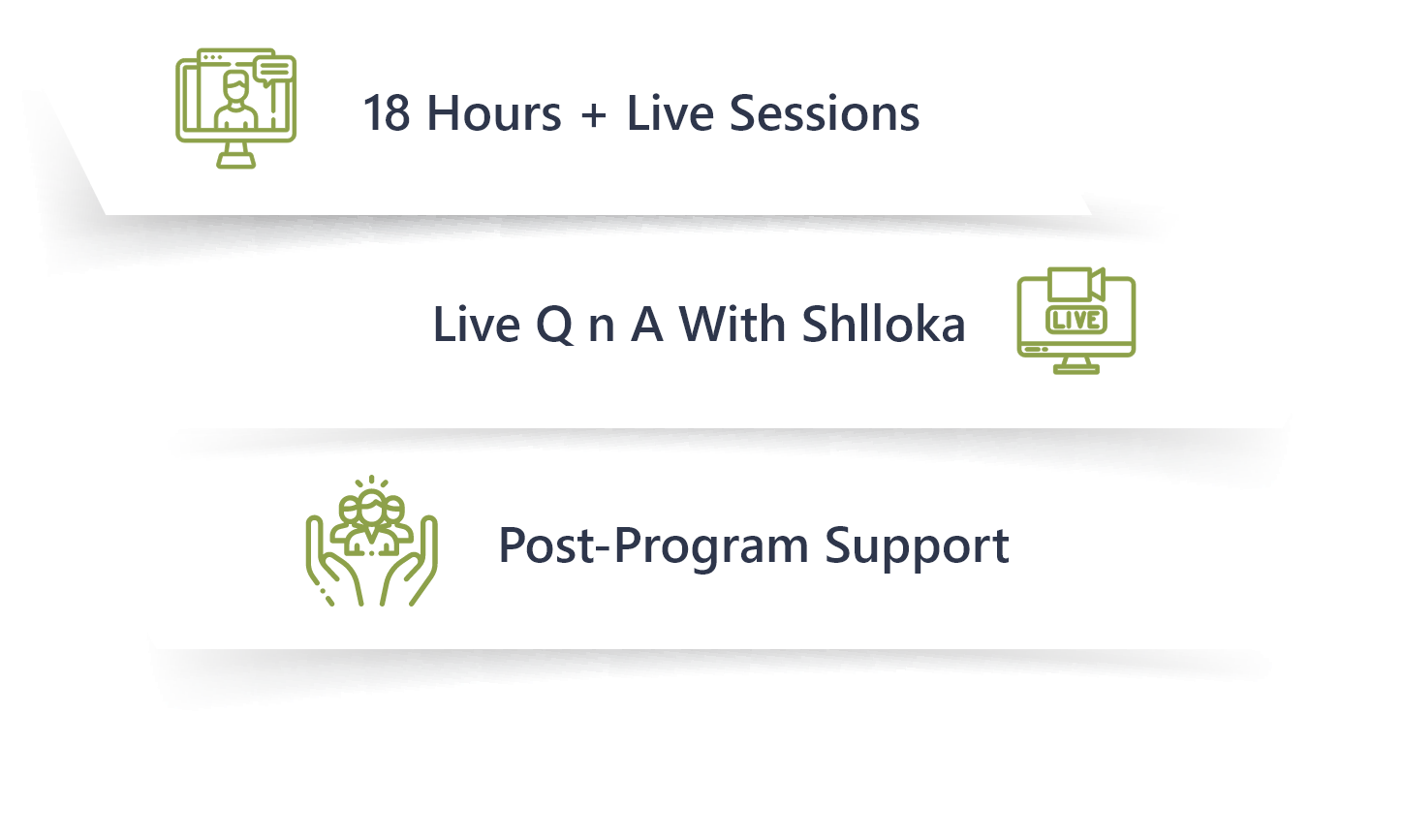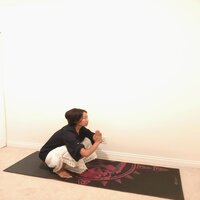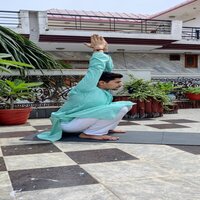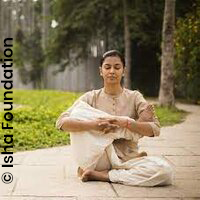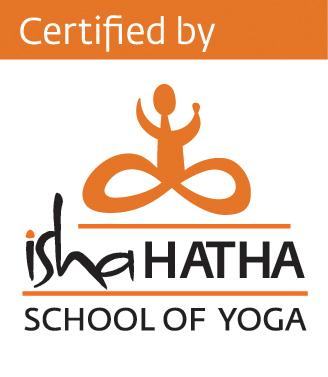
Upa Yoga
Upa Yoga is a simple yet powerful set of 10 practices that activates the joints, muscles and energy system, bringing ease to the whole system. Based on a sophisticated understanding of the body’s mechanics, Upa Yoga dispels inertia in the body’s energy and brings ease to the whole system.
Register
"Upa-Yoga lubricates the joints, exercises the muscles, and activates your energy nodules. You will feel a higher level of alertness."
-SADHGURU



